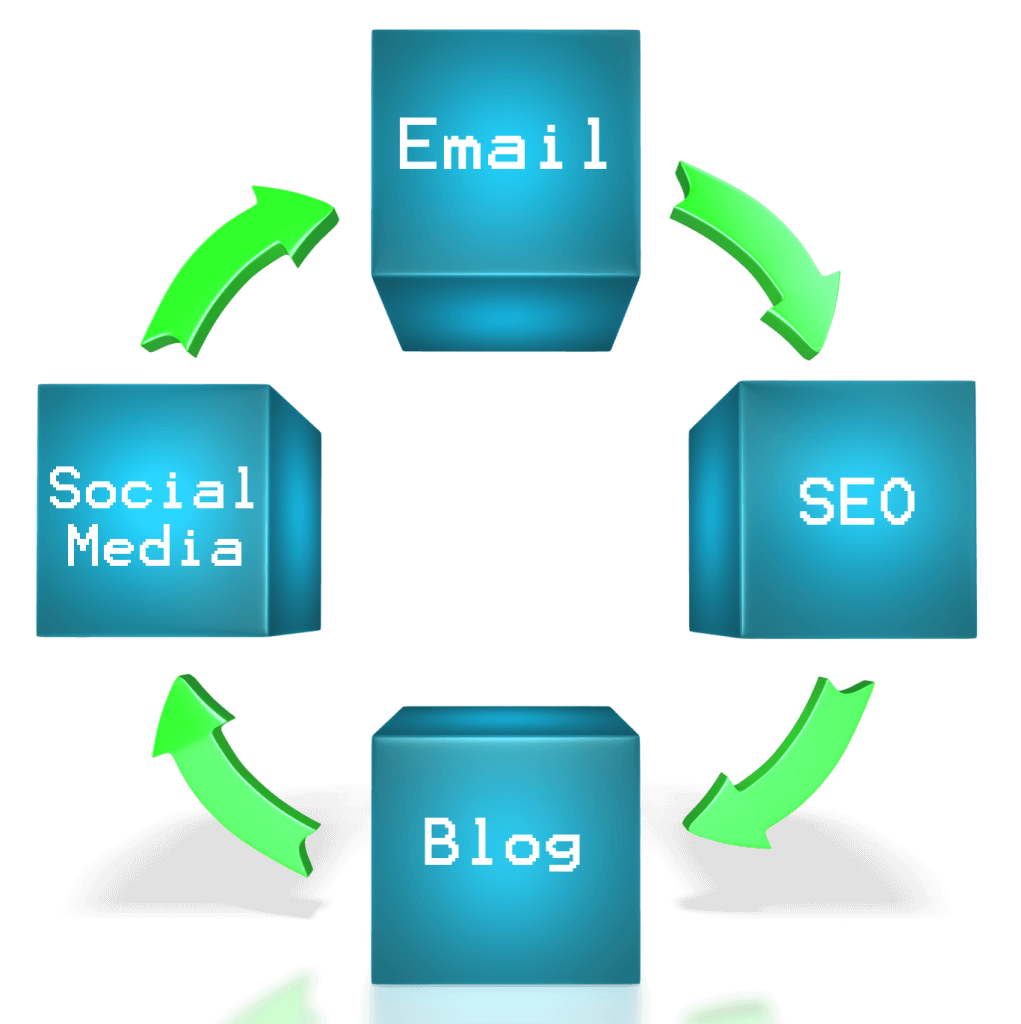How Can You Tell What Marketing Automation Tools Are Best For You?
I am a huge advocate of Marketing automation and Process Automation. Knowing what systems and tools to use is a big part of how I get the best results for the clients that I serve. But I am the first to say that it needs to be done as a part of a strategy.
My business grew in the early years by helping people that bought high-end software products. Most of these were impulse buys and without any strategy. I would attend the trade shows where these products were sold. Knowing that at the trade show there would always be a great offer, and that people didn't want to miss out. I would leave my business card, knowing that they'd call within a few months. That way I would get the product working, and we both got to grow our businesses.
Now I spend as much time talking people out of the latest system or tools as I do putting them into one. Why? Because the long term headache, it causes to business owners is not a part of my personal goals. Automation and systems are great. They are useful ways to grow your business during the right phases of your business growth.
But putting in the wrong systems in the wrong way or at the wrong time is a great way to hurt your business. I have seen it with the clients I have worked with and now I ask all my clients to first consider:
1.The biggest question is WHY?
It is exciting to join in. But the real question is why – why do you need it? Why is this different than previous tools you’ve tried? Why do you think this will work? Why do you think you prospects will be attracted to it? But more importantly, why does this problem exist? Did your business grow too fast – have you not kept up with technology in recent years – is your team outdated? Each of these problems requires a different type of solution. So before you join the latest craze, make sure you have identified the real problem you are trying to solve. That way you can be sure that you are implementing the correct solution.
2. What is the measurement of success for this process improvement or tool?
You need a clearly defined measurement of success to know if you have improved a process. Otherwise, it is just automation for the sake of automation. A common one I see is to update a website to get more leads. Or to change email providers because the new tool looks promising. But without gathering data about each tool, you run the risk of not really solving any problem. Website updates are one that really make me crazy. Updating a website without data is like painting a house with a bad foundation. Because other than aesthetics, you can’t fix a website unless you know what is broken. Have you looked at your analytics? Did you use a heat-mapping tool, or survey tool to see what your prospects are looking at – or leaving at. Are you sure that they are finding what they want to look at? Collect the data first and then make changes, please.
3. What are the REAL costs of this automation? The real cost of software will not be limited to the monthly fee. Don’t forget to factor in:
- Ease of use for you to and your team.
- The availability of trained staff
- The extra costs for that staff
- Support options
- Security or backup options.
Often the less popular alternatives of software seem cheaper up front. But there isn’t as many trained contractors or support teams and that can have a huge impact. Or the software cannot grow with your company at the rate that you are expecting to grow. Which can shorten the lifespan of that tool?
4. Can you simplify the process that you have? If you have processes or campaigns in place then how can you simplify them?
What impact will removing steps or simplifying the process make overall? Does cutting out steps 6-8 impact customer value? Can you make purchases or upsells happen quicker? Or is a step there because they were part of a previous process and just not yet updated? The least expensive option for automating is to simplify your processes. Measuring will determine what areas can be removed while still exceeding customer expectations!
5. Can this new tool or process grow with you?
Before you invest in anything; understand the limitations and the life expectancy. It is easy to get into free email marketing programs, but what are their limiters. Some email marketing programs are free up to 2000 leads; but how do they count leads? Do they force you to use a separate list for each product? Then do they count each lead separately because they are on 2 or more lists? Or do they allow you to market your current and future products to the same leads without penalties? And what is their higher end costs? Will they still be worth working with when your list is 10x the size? Because any tool worth investing in should be able to grow with you for the next 3-5 years. Will this tool still be your #1 choice in 5 years with a list 10x the size? If not how easy is it to leave this tool and not lose your momentum? Remember to plan for where you are going, not for where you are!
If you have asked yourself these questions and you are still ready for a new tool or process, then I applaud you. You are well prepared for the change and can look forward to business growth. As always if you want help to answer these questions or find the right tools, connect with me here.
What is your latest and greatest automation tip or tool? I look forward to reading about them in the comments below.

